In today’s digital marketing landscape, video content has become increasingly crucial, with 86% of businesses using video as a marketing tool and 93% reporting it as a key part of their strategy. However, creating high-quality video content traditionally requires significant time, resources, and expertise – barriers that have limited many marketers’ ability to meet growing demand. Enter AI video generators, a revolutionary technology that’s transforming how businesses approach video creation. As part of the broader AI-generated content (AIGC) evolution, these innovative tools are making professional-quality video production accessible to all. This article explores the latest trends in AI video generation, examining practical applications, core capabilities, and step-by-step implementation strategies that are reshaping the future of marketing content creation.
The AIGC Revolution in Video Creation
Artificial Intelligence Generated Content (AIGC) represents a paradigm shift in how digital content is created and distributed. In the video production space, this revolution has particularly profound implications. Traditional video creation typically involves complex workflows requiring videographers, editors, and substantial post-production time – often taking weeks to produce a single marketing video. AI video generators have disrupted this model entirely, enabling content creation in minutes rather than weeks. Recent market research indicates that 67% of marketing teams have already integrated some form of AI-powered video tools into their workflow, with adoption rates growing by 45% year-over-year. This democratization of video production means small businesses and individual creators can now compete with larger organizations in terms of content quality and output volume. The technology has effectively removed the traditional barriers of technical expertise, expensive equipment, and large production teams, making professional-quality video content accessible to anyone with an internet connection. This shift has particularly impacted social media marketing, where the demand for consistent, high-quality video content has never been higher.
Core Capabilities of Modern AI Video Generators
Text-to-Video Transformation
Modern AI video generators excel at converting written scripts into compelling visual narratives. The key to success lies in crafting detailed, descriptive prompts that specify scene composition, mood, and pacing. Marketing teams are leveraging this capability to rapidly produce product demonstrations, explainer videos, and social media content by simply inputting their marketing copy. The technology interprets contextual cues and emotional undertones to generate appropriate visuals, transitions, and effects.
Image-to-Video Conversion
AI-powered platforms can now transform static images into dynamic video sequences, breathing life into existing marketing assets. This capability proves particularly valuable for e-commerce businesses seeking to create engaging product showcases from catalog photos. The technology analyzes image elements and generates natural motion patterns, creating smooth animations that maintain brand visual integrity while adding engaging movement.
Customization and Branding Tools
Advanced customization features enable marketers to maintain consistent brand identity across all generated content. Users can define brand color palettes, typography, and visual styles that the AI automatically applies to new videos. Integration of logos, custom overlays, and professional voiceovers happens seamlessly within the platform. These tools also offer template systems that can be personalized while preserving brand guidelines, ensuring consistency across multiple campaigns while significantly reducing production time.
Implementation and Best Practices
Leading platforms like Kling AI have revolutionized the implementation process, offering intuitive interfaces that simplify video creation while maintaining professional quality. With features such as automated scene recognition, extensive template libraries, and seamless integration capabilities, marketers can now produce high-impact video content in minutes rather than days. The platform’s intelligent automation and customization tools ensure brand consistency while dramatically reducing production timelines.
Step-by-Step: Creating Marketing Videos with AI
Phase 1: Content Planning
Successful AI video creation begins with clear campaign objectives and audience understanding. Start by defining specific goals – whether driving sales, increasing brand awareness, or educating customers. Research your target demographic’s content preferences, viewing habits, and platform usage to inform video style and format decisions. Create a content calendar that aligns with your marketing funnel stages, ensuring each video serves a strategic purpose.
Phase 2: Input Optimization
Craft detailed, descriptive prompts that specify desired visual elements, tone, and pacing. Include specific keywords related to your industry and brand voice. When preparing source images, ensure high resolution and proper composition. Remove unnecessary background elements and optimize lighting for better AI interpretation. Consider creating a prompt template library for consistent results across multiple videos.
Phase 3: Generation & Refinement
Configure AI parameters to match your brand guidelines, including aspect ratios, color schemes, and transition styles. Monitor the generation process and make real-time adjustments to pacing, visual effects, and scene composition. Use the platform’s editing tools to fine-tune generated content, adjusting audio levels, adding custom overlays, or modifying transitions as needed.
Phase 4: Deployment & Analysis
Export videos in platform-specific formats, considering each channel’s requirements for length, resolution, and file size. Implement proper tagging and metadata optimization for improved discoverability. Track key performance metrics including view duration, engagement rates, and conversion impact. Use these insights to refine future video generation parameters and content strategies. Establish a feedback loop between performance data and content creation to continuously improve results.
Emerging Trends in AI Video Generation
The AI video generation landscape is rapidly evolving with groundbreaking features reshaping content creation workflows. Real-time collaboration capabilities now enable multiple team members to simultaneously work on video projects, with instant preview and feedback systems streamlining the approval process. This collaborative approach has reduced project completion times by up to 60%. Hyper-personalization represents another significant advancement, as AI systems now leverage customer data to automatically generate tailored video content at scale. Marketing teams can create thousands of personalized video variations by integrating CRM data, user behavior patterns, and demographic information. Voice cloning technology has emerged as a game-changer for global marketing campaigns, allowing brands to create localized content in multiple languages while maintaining consistent voice talent across markets. However, these developments raise important ethical considerations in synthetic media creation. Industry leaders are implementing watermarking systems and transparency protocols to ensure responsible use of AI-generated content, while establishing clear guidelines for disclosure when synthetic media is used in marketing materials.
The Future of AI-Powered Video Marketing
The emergence of AI-generated content has fundamentally transformed video marketing, offering unprecedented opportunities for businesses of all sizes. Through advanced capabilities like text-to-video conversion and image animation, AI video generators have effectively democratized high-quality content creation. The technology’s ability to rapidly produce customized, brand-consistent videos while maintaining professional standards has revolutionized marketing workflows. As AI video generation technology continues to evolve, features like real-time collaboration, hyper-personalization, and voice cloning will further enhance marketing capabilities. However, success with these tools requires a strategic approach – from careful content planning to optimization of inputs and thorough performance analysis. For marketers looking to stay competitive in today’s fast-paced digital landscape, embracing AI video generation isn’t just an option – it’s becoming essential infrastructure. The time is now to experiment with these powerful tools and develop workflows that leverage their capabilities for maximum impact.



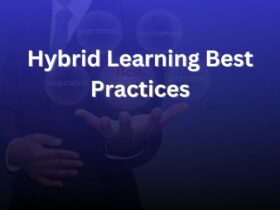











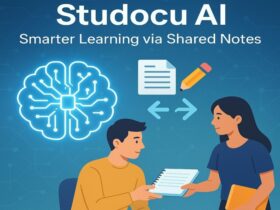













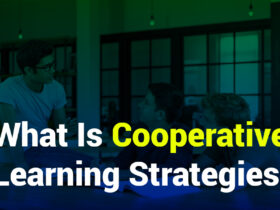





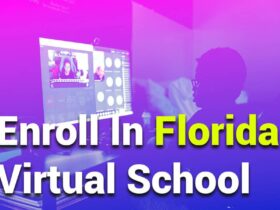
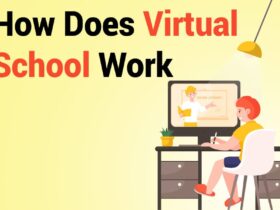
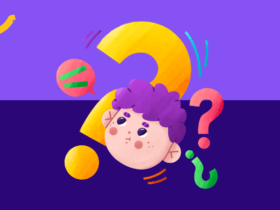


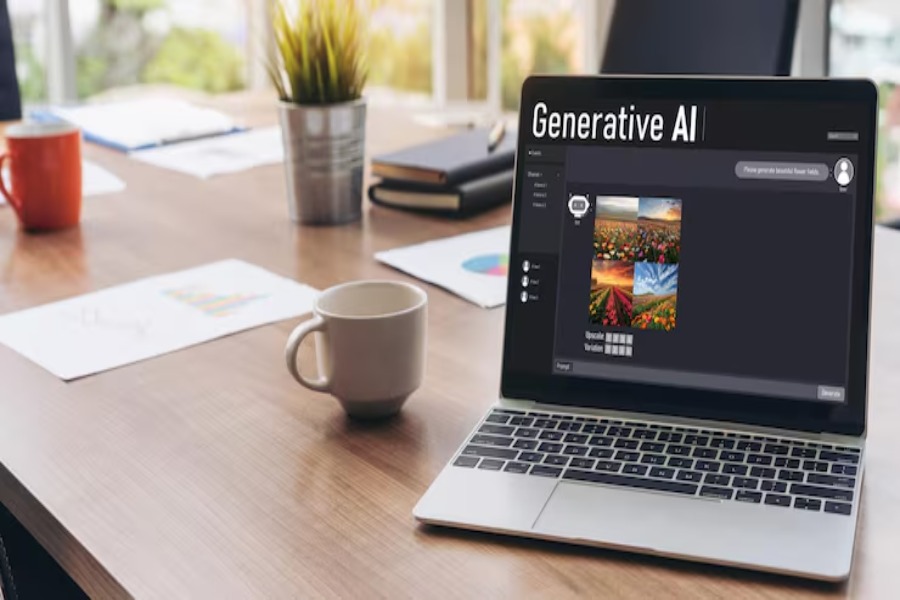


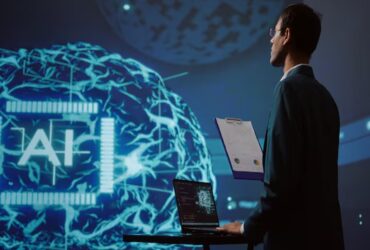
Leave a Reply